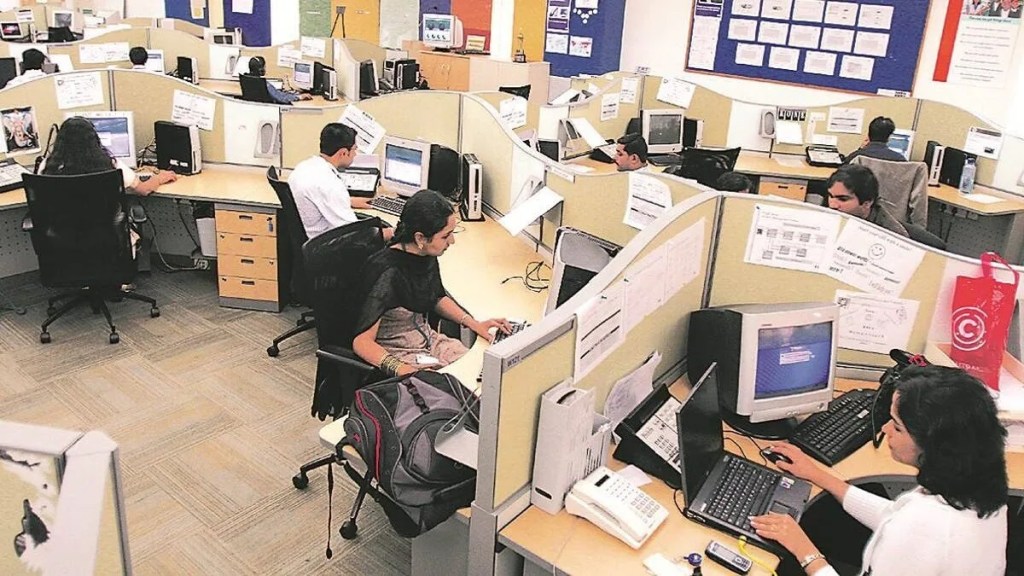The S&P Global India services Purchasing Managers’ Index fell to a six-month low of 54.3 in September from 57.2 in August, according to statement issued by the agency on Thursday. This is the latest among multiple high-frequency indicators that have pointed to a slowdown in aggregate demand, despite the festive season.
Analysts now see increased chances of economic growth in the current fiscal year to be lower than even the most conservative estimates. The second half of the year could turn out to be much weaker than earlier projections, they say.
Official data had earlier showed that India’s merchandise exports dropped 3.5% in September from a year before to $32.6 billion, the first such drop this fiscal, mirroring a demand slowdown in the US and EU.
Worse, imports, which had grown at a scorching pace for many months, reflecting a resurgence of both investment and consumption demands, recorded just a 5.4% rise in September to $59.4 billion—the growth was as high as 62.8% in May. In fact, imports dropped below the $60-billion mark for the first time in seven months in September and, according to traders, are unlikely to shoot up substantially in the coming months.
Also Read: Govt gets Rs 1,203 cr dividend from 5 CPSEs
Of course, although the PMI services index in September was its lowest since March, it was above 50 for the fourteenth month in a row. International demand, which has not revived since the onset of the pandemic, remained sub-50 amid global woes although the drop in September was the weakest since January. “Currency instability poses renewed inflation worries as imported items become more costly, and undoubtedly means that the RBI will continue hiking interest rates to protect the rupee and contain price pressures,” noted Pollyanna De Lima, economics associate director at S&P Global Market Intelligence. “An upturn in inflation could damage consumer spending, dampen business confidence and test the resilience of the Indian service sector in the coming months,” Lima added.
India’s manufacturing activities too eased a tad in September, as per the S&P Global India PMI which came in at 55.1 in the month.
Official data also showed that the output of eight core infrastructure sectors grew just 3.3% in August, the slowest pace in nine months and compared with 4.5% in the previous month. They had grown 12.2% in August last year. What worries analysts is the fact that, on a seasonally-adjusted basis, the core sector output in August witnessed a 0.9% contraction over July. The output has shrunk sequentially for four consecutive months.
Core goods exports (excluding the petroleum, gems and jewellery segments) shrank 9.8% in September from a year before to $22.9 billion, the worst monthly slide since May 2020. This reflects the impact of easing global commodity prices and softer demand for merchandise from recession-hit advanced markets, economists say.

